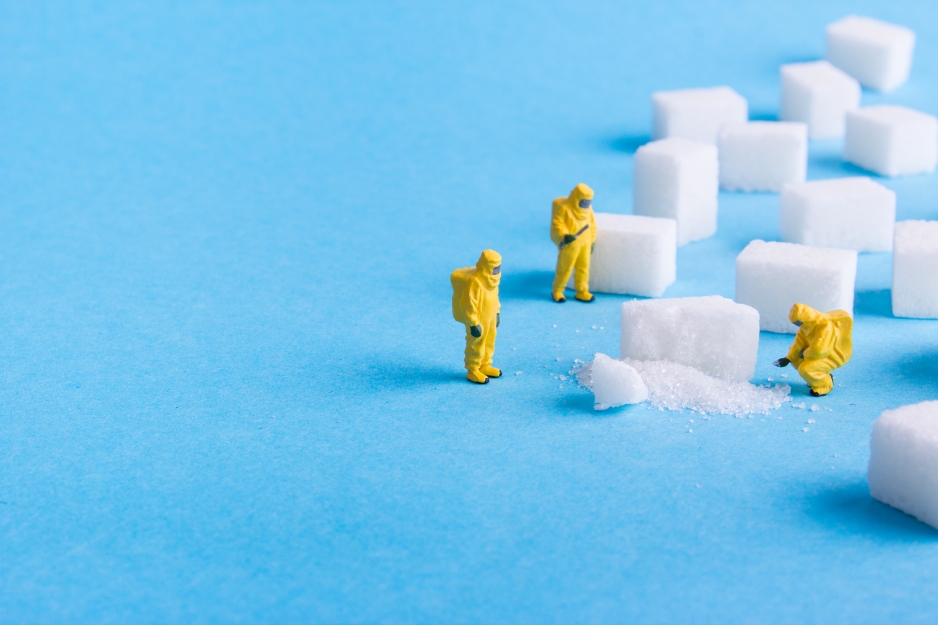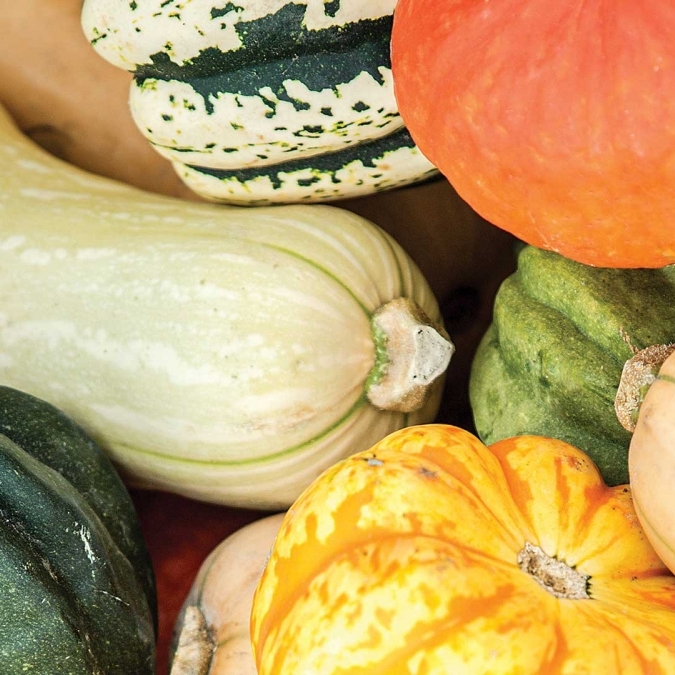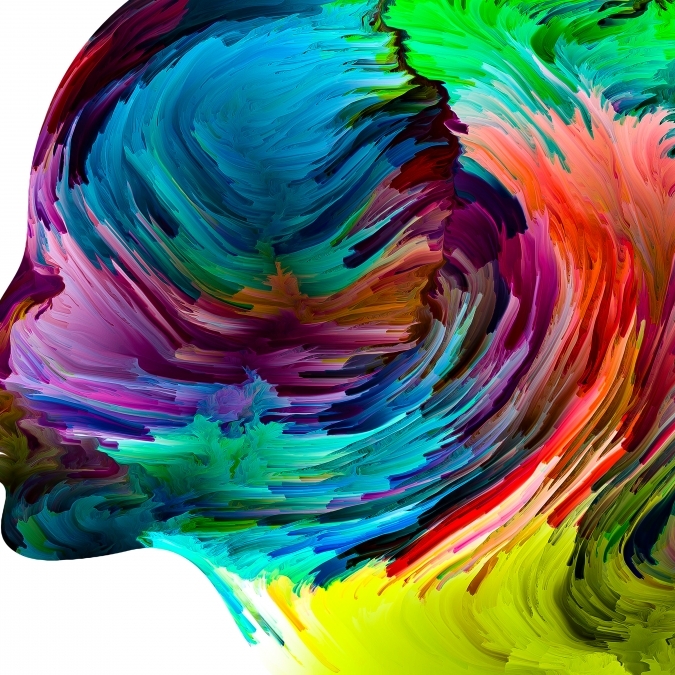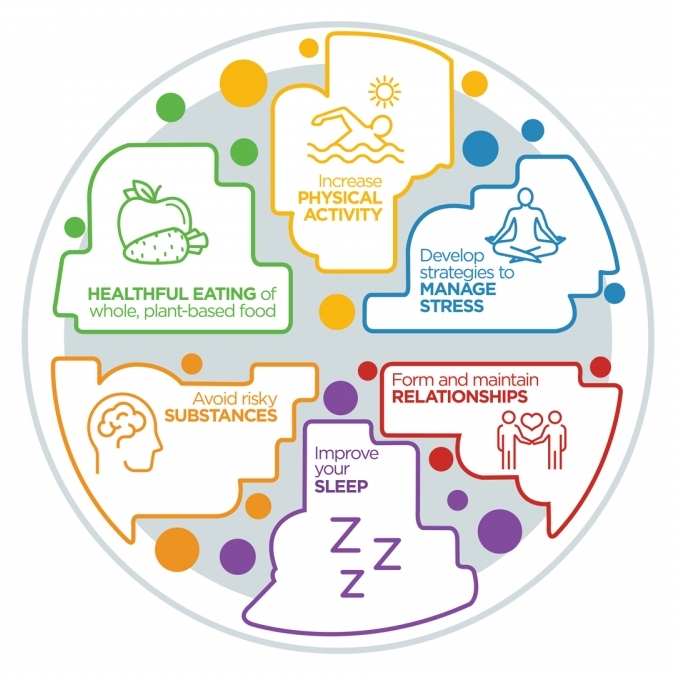Reducing your sugar intake seems simple, but there are several factors at play that can make it difficult to cut back. From the multitude of names for sugar-based ingredients to recent trends insisting only natural sugars are okay to eat. Not to mention, our bodies sometimes seem to crave sugar when in fact they’re low on minerals, or simply need more sleep. It’s hard to know what you should or shouldn’t consume.
Not all sugars are the same
Sugar is used in many ways consumers don’t expect. Its obvious use is as a sweetener, but it's also used as a bulking agent, as a preservative, to add or improve food texture or to add viscosity or thickness to drinks and semi-liquid foods. Because of this, reducing sugar in your diet isn’t as straightforward as it seems. It’s helpful to understand that sugar can be broken down into three categories: natural sugar, artificial sugar and sugar alcohols.
Natural sugars occur naturally in foods and are not added in by the manufacturer. Examples include fruits, vegetables and dairy products. Whole fruits may have high amounts of sugar, but also vitamins, minerals and fiber which are all part of a healthy diet.
Artificial sugars can be defined as nutritive or non-nutritive. Nutritive sweeteners have calories associated with them, like honey or high-fructose corn syrup. Non-nutritive sweeteners are either calorie free or very low calorie, including aspartame, stevia and sucralose.
Sugar alcohols are neither sugar nor alcohol, but are instead a form of carbohydrate that has a chemical structure similar to sugar. Those can also be found in many sugar free products, and common names for them include xylitol, erythritol, sorbitol and maltitol.
Sugar cravings may actually be signalling that your body isn’t getting enough of certain nutrients, such as magnesium, chromium or calcium. Most of us grab whatever is available to satisfy a craving, but we aren’t actually giving our body what it needs.
Sugars and refined carbs can give your body a quick dose of energy, but can also cause you to crash shortly after. Foods that are high in fiber, antioxidants and nutrients keep your body fueled without spiking your blood sugar. Trade out your breakfast or afternoon snack for one of these foods to squash sugar cravings and boost your energy.
- Berries like blueberries, strawberries, blackberries and raspberries
- Fruit like apples, bananas and oranges
- Nuts, especially pistachios, almonds and cashews
- Sweet potatoes and yams
- Seeds, such as pumpkin, chia and flax
- Dark chocolate with at least 70 percent cacao
- Non-flavored yogurt, especially Greek varieties
- Dark leafy greens like kale and spinach
- Whole-grain oatmeal
- Peanut butter
Divide up several individual portions and keep them handy so you can grab a healthy snack as soon as a craving strikes.
Don’t be fooled by marketing
While current trends would have us believe artificial sweeteners are bad, that’s not necessarily true.
Helen Nichols, Registered Dietitian at Monument Health Lead-Deadwood Clinic, says, “I don't like to label foods as good or bad; that can create a negative relationship with food, and oftentimes restricting our diet makes us want that item even more. Right now, most artificial sweeteners have GRAS certification from the FDA, which means they are generally recognized as safe.”
Before you reach for a sports drink or sugar-free soda, know these are marketed as a better choice, but often aren’t actually a healthier option. These drinks have less added sugar but don’t provide nutritional benefits, which means you’re filling up on empty calories. Our bodies also tend to be less satiated by liquids, so it’s easy to overconsume.
“In some cases, I have had patients drinking over 1,000 calories per day from soda and other sugar sweetened beverages without even realizing it,” Helen says. A great way to prevent drinking more sugary beverages than you should is to make sure you’re getting enough water. Staying hydrated can reduce cravings for sodas while also supporting your body’s functions.
The daily recommended water intake for adults is half of your body weight in ounces of water. For example, a 200 pound person would need 100 ounces of water a day.
Did you know that diet and lifestyle can increase your risk for type 2 diabetes? Your body needs carbohydrates — including sugar — to function, but the type and amount you eat matters.
Donna says, “A significant cause of insulin resistance is excess body weight. When we have excess body weight — especially in the abdominal area — this causes insulin resistance. In short, carrying excess weight increases the risk of type 2 diabetes.”
Luckily for the majority of people at risk for type 2 diabetes, there’s strong evidence that shows you can prevent or delay the condition with a 5-10 percent weight loss. A consistent workout routine of at least 150 minutes of moderate exercise a week and a healthy eating pattern can help you get there.
A healthy eating pattern recommended by the Academy of Nutrition and Dietetics includes:
- Vegetables
- Fruits — especially whole fruits
- Grains, at least half of which are whole grains
- Protein, including seafood, lean meats, eggs and legumes
- Fat-free or low-fat dairy products
- Healthy oils
- Limited saturated and trans fats, added sugars and sodium
Monument Health offers the National Diabetes Prevention Program (NDPP). The NDPP is a year-long lifestyle change program that helps people prevent type 2 diabetes by losing weight with improved eating and physical activity.
Reduce, don’t eliminate
Reducing sugar intake is easier when you know what to look for. Ingredients ending in “ose,” such as maltose or sucrose; natural sugars such as honey or raw sugar; additives like high fructose corn syrup or fruit juice concentrates are all types of added sugar.
Donna Riley, RD, is a Diabetes Educator at Monument Health’s Rapid City Clinic. She says, “Long ingredient lists often mean more processing, with added vitamins and minerals instead of the level as it came from nature.”
While this seems like a good thing, fiber isn’t required to be added back in afterwards, and is often replaced with other non-nutritive or unsatiating ingredients.
To help consumers make more informed decisions about their sugar intake, the FDA recently adjusted food labels to highlight added sugars. The American Heart Association recommends the average adult male eats only 36 grams of added sugar per day and adult women only 25 grams.
If you have questions about your diet and your health, Donna recommends seeing a dietitian or diabetes educator about your specific situation. “Despite information on the internet or from family and friends, it does not take into account an individual’s personal situation or personal medical history. The internet often has too much information and it is hard to know how to apply it.”
Three Registered Dietitians, Kayla Wede, Helen Nichols and Mason Wellskopf, from Monument Health share their favorite smoothie recipes. From increasing energy to cutting sugar cravings, they’re a great way to boost your day without sacrificing a healthy diet.
Serves 4
- 1 cup frozen strawberries
- 1 cup raspberries
- 1/2 cup pineapple
- 1/2 cup frozen cauliflower
- 1 cup plain Greek yogurt
- 1-2 cups liquid of choice (water, dairy milk, plant-based milk, etc.)
- 1 small beet peeled and quartered
- 1 tbsp chia or ground flax seeds
Add all ingredients to a blender and blend until smooth. You may need to add more liquid depending on your personal preference for consistency.
Serves 2
- 1/2 cup liquid of choice
- 1/2 tsp probiotic powder (open a capsule and tap the powder into the blender)
- 1/2 cup raw unsalted cashews, soaked (place cashews in a jar or bowl, cover with water and let them soak overnight. Pour off excess water in the morning.)
- 1 cup curly green kale leaves with stalks removed, ripped into small pieces
- 2 ripe bananas, fresh or frozen
- 1/4 cup pitted dates, soaked or 1 Tbsp pure maple syrup
- 1/2 tsp vanilla extract
- 2 cups ice cubes
- 1 piece of fresh ginger (about the size of half your thumb)
Add all ingredients to a blender and blend until smooth. You may need to add more liquid depending on your personal preference for consistency.
Serves 2
- 1 cup unsweetened almond, coconut, hemp or oat milk
- 1/2 frozen banana
- 1/2 cup low/no added sugar Greek yogurt (a flavored variety such as raspberry is best in smoothies)
- 1/4 tsp vanilla extract
- 1/2 cup frozen berries (raspberries are my favorite)
- 1/2 tsp cinnamon
- 2 tsp chia seeds
- 1 tbsp ground flax seed
- 1 tsp honey (optional for sweetness)
Add all ingredients to a blender and blend until smooth. You may need to add more liquid depending on your personal preference for consistency.









